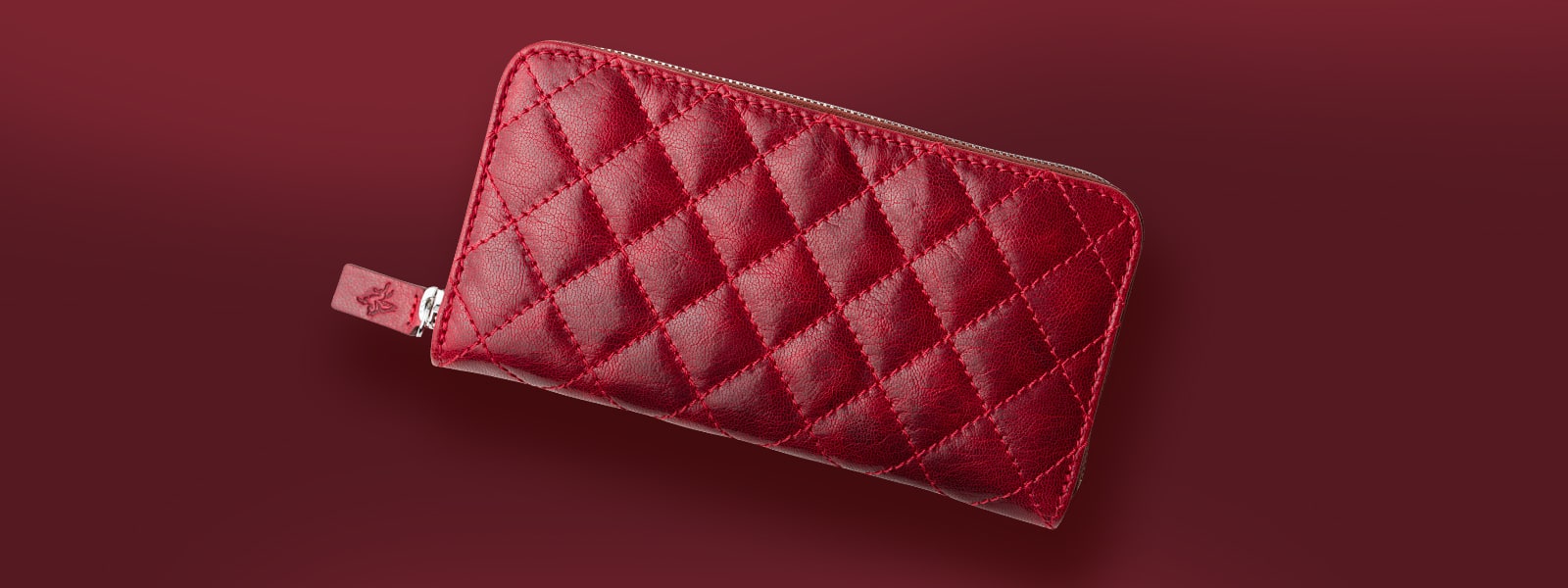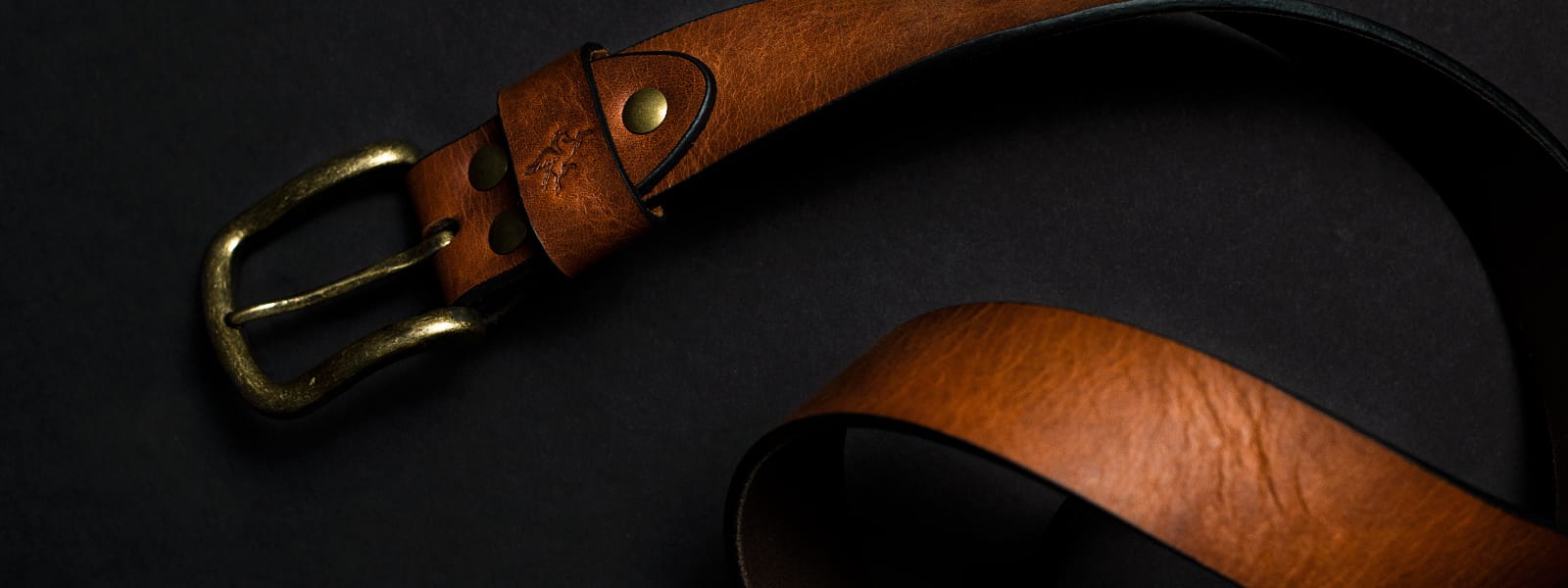Testing the Limits: Dooney & Bourke's All-Weather Leather 3.0 Review

When I first heard about the Dooney & Bourke All-Weather Leather, I was intrigued. The brand markets this signature material as a waterproof, cutting-edge leather they've developed over the years. Given my skepticism about such claims, I decided to put this bag through a series of rigorous tests to see if it truly stands up to its name.
DISCLAIMER: This is an UNSPONSORED review. I purchased all of these products myself and am not affiliated with the brand mentioned in any way. All statements and expressions made about the products are solely the opinion of Tanner Leatherstein and are not meant to be conclusive or definitive. The purpose of this video is for informational and educational purposes only. We recommend that as a consumer, you exercise your due diligence and research on the products before adopting the opinion of Tanner Leatherstein.
Initial Impressions
My journey with this bag began when I stumbled upon Dooney & Bourke in Vogue Magazine. It was a surprise to see this brand among the usual luxury giants like Louis Vuitton and Dior. My curiosity led me to their website, where a gimmicky "wheel of fortune" offering a 10% discount left me underwhelmed. Nevertheless, I decided to purchase the crossbody 22 bag made with the famed All-Weather Leather, mainly because its design reminded me of the Hermes Evelyn, a bag I've long wanted to review.
When the bag arrived, my initial excitement took a hit. The packaging was lackluster, with a cheap dust bag that didn’t match the premium vibes I got from their Vogue ad. You know, a lot of $50 Amazon bags we’ve bought came with much better dust bags and packaging.
The Torture Begins
To simulate extreme weather conditions, I concocted a plan to subject the bag to artificially created different seasons. Here’s how it went down:
Rain Test
Finding a rainy day in Dallas during mid-June is almost impossible, so I had to create my own rainstorm. Using a hose, I soaked the bag for a full 20 minutes. This duration was chosen to ensure the bag would be drenched, simulating an intense downpour. Post-soaking, the bag was noticeably heavier, indicating it had absorbed a substantial amount of water. I expected the leather to be irreversibly damaged, as most leathers do not fare well when soaked. However, the All-Weather Leather seemed to be holding up.
Sun Test
Following the rain test, I left the bag under the unforgiving Texas sun. The aim was to see how the leather would react to being dried quickly under extreme heat. Initially, I left the bag out for several hours, but it didn't dry completely overnight. To expedite the process, I secured the bag to the burning hood of my car, driving around to expose it to high winds and even more intense heat. This unconventional drying method attracted curious glances from my neighborhood. Despite this harsh treatment, the bag showed minimal signs of distress, which was impressive.
Snow Test
Simulating snow in Dallas required some creativity. I covered the bag with ice, letting it melt to create a snow-like effect. Ice water is more penetrative and damaging than rainwater due to its lower temperature. I allowed the ice to sit and melt on the bag, thoroughly soaking it once again. After the ice had melted, I subjected the bag to another round of sun exposure to dry it out. This process was repeated to mimic the cycle of snow and sun that could occur in winter conditions
Results and Observations
To my surprise, the main body of the bag, made from the All-Weather Leather, withstood the tests remarkably well. The texture, sheen, and integrity of the leather remained largely unaffected, with the pebbling consistent and the leather not becoming overly dry or tough. These results were unexpected, as such extreme conditions typically cause significant damage to leather goods.
The back panel of the bag, however, revealed a less flattering side. It featured a cut piece of leather that seemed out of place, like a rejected piece that should never have been used on a visible part of the bag. This was a disappointment, as it marred the otherwise durable and high-quality appearance of the bag.
Inside the Bag
Dissecting the bag revealed a less polished interior, typical of rushed production. Surprisingly, I found a "Made in Vietnam" tag inside. Given the frequent mentions of Italian leather on their website, I had assumed the bag was made in Italy. This discrepancy was a bit of a letdown.
The minimal finish on the leather, which allows it to retain a natural feel while being water-resistant, is impressive. It’s clear that a lot of expertise went into developing this material. Despite some inconsistencies in branding and a few quality control issues, the leather itself is exceptional.
Hardware Quality and Ash Test
The binding leather is vegetable-tanned with no finish on it, making it a purely aniline natural leather. This gives it an exceptionally beautiful appearance, but it’s not water-resistant, so it darkened and water-stained throughout the torture tests. The distinctive crackling sound, combined with the black residue without any green hues after burning it, confirms that this is indeed vegetable-tanned leather as claimed on the website.
The hardware, however, was disappointing. It has a very thin plating that wears off quickly, revealing the lower quality of the zamak material used. I expected a much better selection of hardware from the brand, given its reputation.
Evaluating Cost and Value
Given that we have all the pieces in front of us, I decided to make a quick cost estimate to evaluate the price-quality performance, as we always do. The project used approximately four square feet of high-quality leather. My estimate for the leather is about $27. Assembling a bag of this size and caliber, including hardware, in Vietnam costs around $50. Therefore, the total cost of leather, hardware, and labor comes to approximately $77.
Considering this estimate, the $279 price I paid for the bag seems very reasonable. The price multiplier is less than four, which is quite acceptable by my standards, especially given the quality of the leathers used in this bag.
Conclusion
The All-Weather Leather truly lives up to its claims. The minimal finish on the leather, which allows it to maintain a natural feel while being water-resistant, is impressive and demonstrates a high level of expertise in its development. However, the poorly chosen leather piece on the back panel and some inconsistent branding practices, such as the weak packaging and the gimmicky wheel of fortune on the website, were disappointing.
Nevertheless, the overall quality of craftsmanship at this price point is very satisfying. The dedication to using specialty leathers that perform exceptionally well under rigorous testing speaks volumes about the brand's commitment to delivering reliable products. Therefore, while there is room for improvement, the All-Weather Leather bag from Dooney & Bourke ultimately earns praise for its durability, functionality, and commendable quality.




















Leave a comment